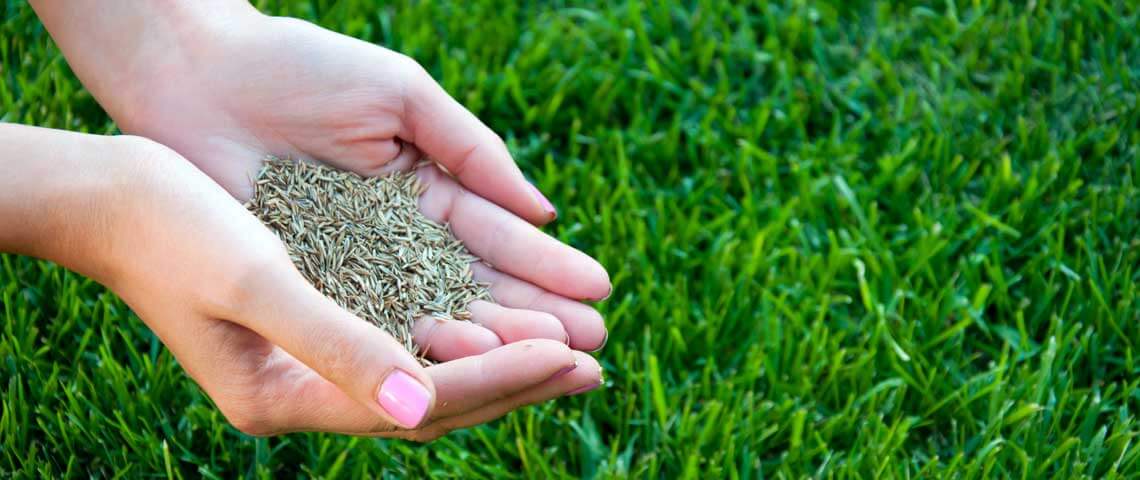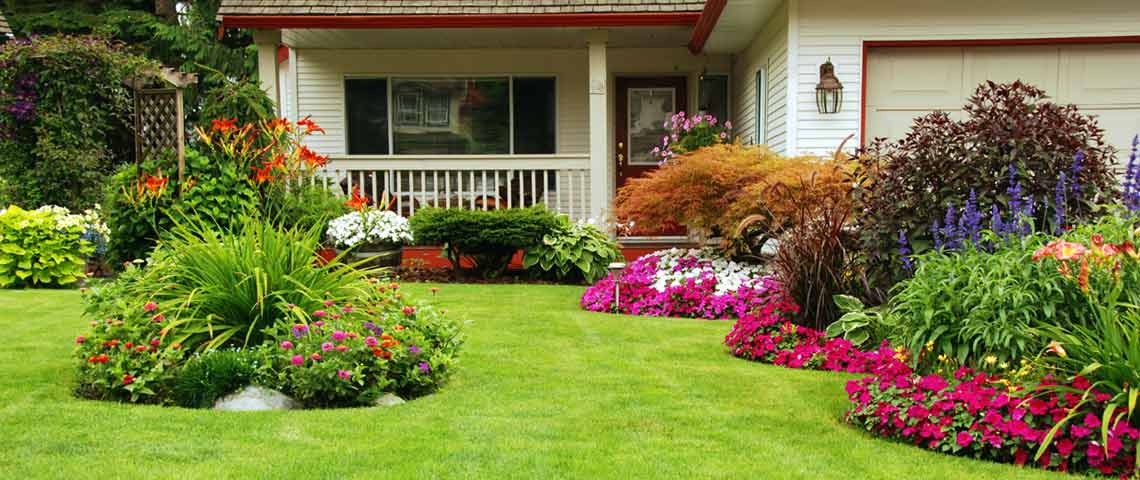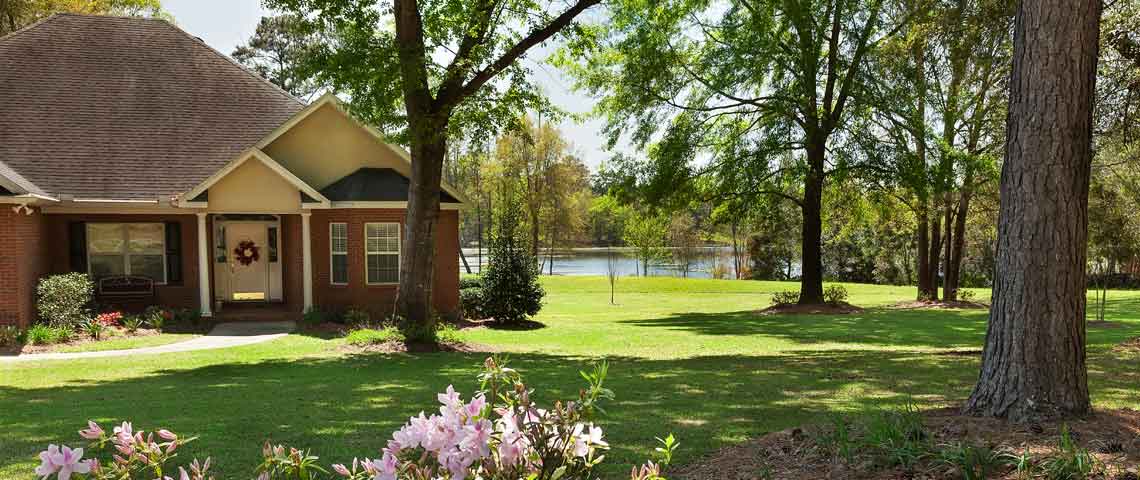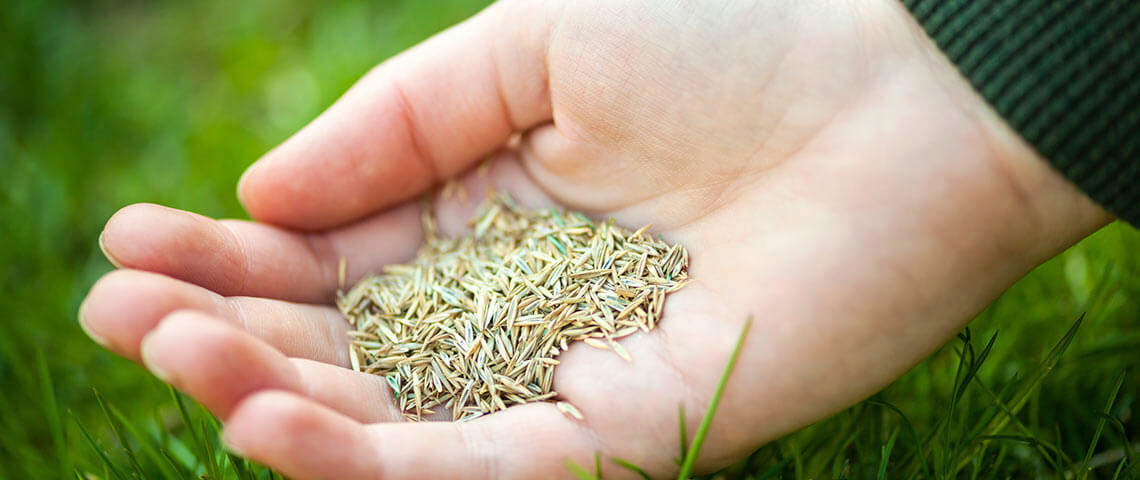All You Need to Know About Warm Season Grass
Low-water requirements, increased salt tolerances and heat tolerance make warm-season grasses a great choice for low-maintenance lawns. Warm-season grasses grow best in summer temperatures between 80 and 95 degrees Fahrenheit,1 so if you want a thick, healthy lawn, you'll need to plant the right type of warm-season grass for your climate.
If you live in the southern and western regions of the United States, or in an area called the transition zone, which extends across the country's midsection from the Atlantic states into the Midwest, you can grow any of the following popular warm-season grasses:
- Bermudagrass. A sod-forming grass that spreads by above- and below-ground stems called stolons and rhizomes, Bermudagrass is heat, drought, traffic and salt tolerant. It requires full sun and good drainage, so it's not suited for shade conditions.2
- Bahia Grass. Although it requires maintenance than other warm-season grasses, Bahia grass is drought and heat tolerant. It thrives in the sunny Southern Coastal Plain and Gulf Coast regions, and has low water and nutrient requirements
- Zoysia Grass. A sod-forming, adaptable turf grass that can be grown in all types of soil, Zoysia Grass has salt, wear and drought tolerances.3 It tolerates some light shade, has low water and maintenance requirements, and offers dense, traffic-tolerant growth.
- Centipede Grass. Widely grown from South Carolina to Florida, and westward along the Gulf Coast to Texas, Centipede Grass has moderate shade tolerance, and low maintenance and nutrient requirements. With a relatively shallow root system, it's sensitive to alkaline soil,.
When caring for your warm-season lawn, keep the following five facts in mind to get the best results.
1. Plenty of Sunlight is Essential
In general, warm-season grasses need more sunlight than cool-season grasses, but different species have different tolerances for shade or low-light conditions. Bermudagrass, for example, is not shade tolerant and needs six to eight hours of full to filtered sunlight a day to grow well. Others, such as Zoysia grass and Centipede grass have some shade tolerance and will grow in partial shade conditions. You can improve growing conditions for warm-season grasses in shady areas by mowing properly, fertilizing lightly and discouraging heavy lawn traffic. 5

Zoysia Grass is a warm-season turfgrass that withstands drought, salt, and traffic well.
2. Watch the Water
Water needs of warm-season grasses will vary depending on soil type and environmental conditions. Generally, it's best to avoid over-watering and nighttime watering to prevent excess moisture, which can lead to disease development. Water early in the morning instead at or just before sunrise.
3. Mowing Height Matters
A healthy lawn depends on proper mowing. Because mowing is basically defoliation, if you cut your grass too low, it can hinder growth. Bermudagrass and Zoysia grass can tolerate being cut as low as half an inch. Centipede Grass does better when mowed to a height of three inches.

Private and commercial property owners all want a healthy, thick expanse of lawn.
4. Cold Temps Mean Dormancy
You might not think of autumn temperatures as cold, but warm-season grasses do. They will start to go dormant when the temperature drops below 65 F and lower in autumn.6
5. Winterkill Happens
Sections of your lawn can die from winter factors such as cold temperatures, harsh winds, ice, and lack of moisture. When temperatures drop very low, especially for extended periods of time, warm-season grasses can die off or take much longer to come back in spring.
To prepare for — and prevent —winter kill, apply a sand top-dressing (a thin layer of sand) to the turfgrass in the fall, treat drainage problems in summer and fall to prevent water from pooling, and mow correctly so you don't leave lawns over-exposed, especially in late fall.7
When you plant the right type of grass for your climate, and care for your resulting lawn properly, you'll get the best results. Pennington offers a variety of warm-season grass seed, as well as fertilizers and soil amendments to help keep your warm-season lawn in top condition. Always apply products as per package instructions.

Newly established and existing lawns benefit from Pennington seed.
Pennington is a registered trademark of Pennington Seed, Inc.
Sources:
1. The United States National Arboretum, "Turfgrass Questions and Answers," January 2006.
2. Texas A&M AgriLife Extension, "Bermudagrass “The Sports Turf of the South."
3. Texas A&M AgriLife Extension, "Zoysiagrass."
4. Texas A&M AgriLife Extension, "Centipedegrass."
5. Trenholm, Laurie, "Growing Turfgrass in the Shade."
6. Williams, Larry, "Winterizer Fertilizer, Not for Florida," December 2016.
7. Vavrek, Bob, "Winterkill-Causes and Prevention," August 2016.
8. Virginia Cooperative Extension, Spring and Summer Lawn Management Considerations for Warm-Season Turfgrasses May 2009.
9. Hoyle, Jared, "Time to Think About Managing Your Warm-Season Home Lawn," June 2016.




